Perth in Five Drinks
Emma Farrelly, Director of Wine for the ground-breaking rebirth of Perth’s historic State Buildings, takes us on a personal tour of the west’s capital. As always, it’s a tale told through the lens of five favourite drinks.
Hidden in the south-east corner of South Australia, not far from the Coonawarra’s fabled terra rossa soil – the rich, red earth for which cabernet has a particular affinity – the overshadowed and less prestigious regions of Australia’s Limestone Coast are starting to produce wines as good as anywhere else in the country … but, perhaps surprisingly, these ones are white.
A drive down the Riddoch Highway takes you through the heart of the Limestone Coast, and its most significant region, the Coonawarra. When crossing into the region, you’ll see names like Katnook, Wynns and Rymill adorning ornate gates opening onto long gravel driveways. It is here, within these sprawling historic estates, that some of the finest expressions of Australian cabernet sauvignon are produced. These vineyards have long been custodians of classic, benchmark wines with huge international recognition, their prestige and significance squarely rooted in cabernet – but a small clutch of producers is showing the region’s true potential may be much more diverse.

Coonawarra made its name producing some of the richest, most powerful cabernet in Australia – big wines with muscular, chewy tannins that can take years to unwind and become approachable. It is unquestionably, and rightfully, an Australian classic, but its star power has a tendency to outshine the talent waiting in the wings. Coonawarra is only one of six regions within the Limestone Coast zone – the others being Padthaway, Wrattonbully, Mt Benson, Robe and Mt Gambier. Padthaway and Wrattonbully have already begun cementing their names in the world of classical wines, producing gorgeous examples of chardonnay, shiraz and cabernet, among others, and are regions to keep a close eye on. But it is in Robe, Mt Benson and Mt Gambier where we are just beginning to see years of vineyard development starting to bear fruit.
With cool, breezy maritime climates not otherwise found in South Australia, Robe and Mt Benson show great potential. This is the area Anita Goode calls home, with her winery, Wangolina, located between the coastal towns of Kingston and Robe, within the Mt Benson wine region. Since her family first planted vines in 1999, she has steadily built a reputation for challenging what to expect from the region’s wines.
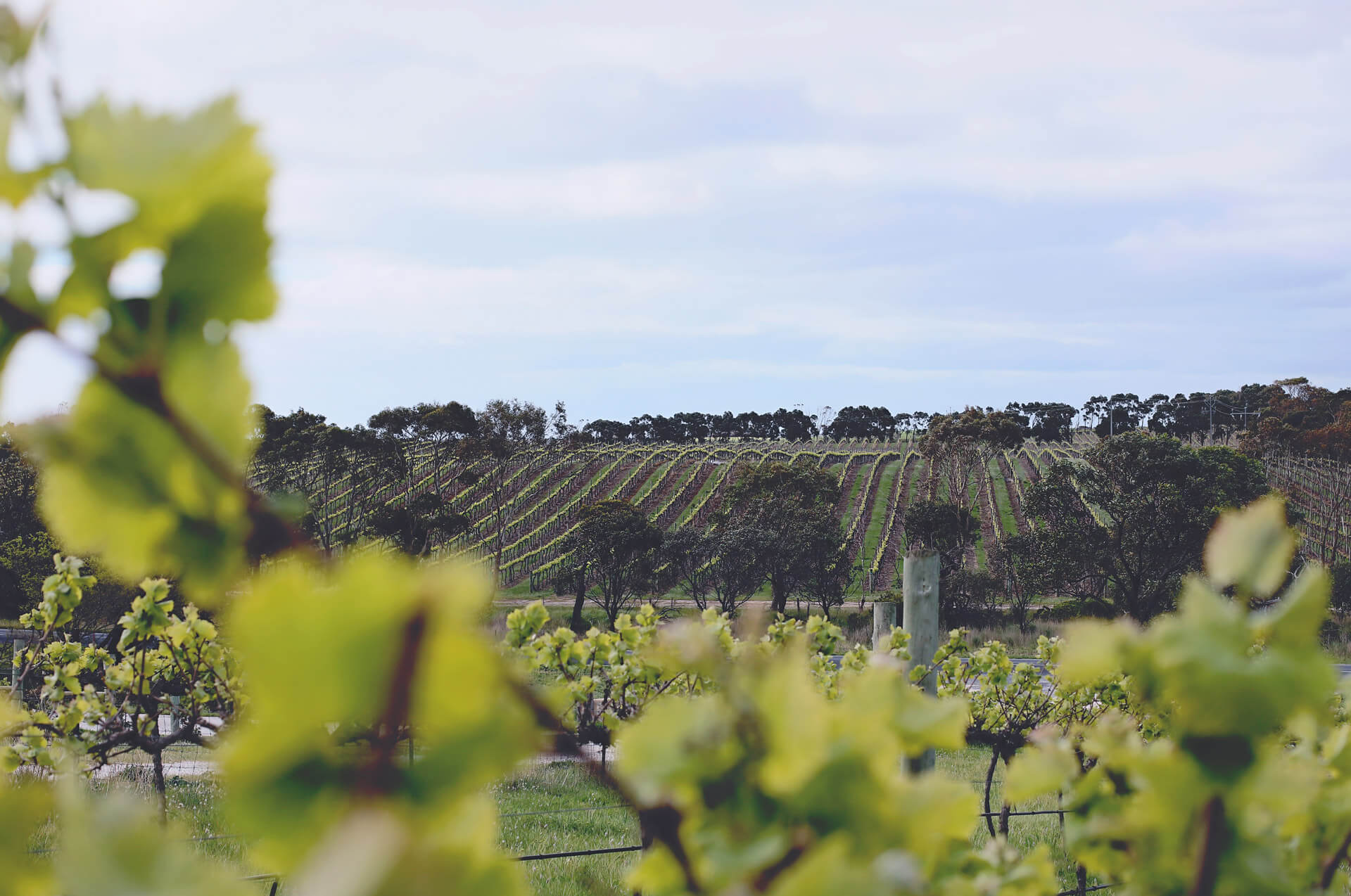

“We all have an identity here – we understand that what we want to do as a region is foster creativity,” says Goode. She has backed that statement by producing a diverse range of wines, from cabernet and syrah to grüner veltliner and semillon. When pressed on the reason for constant experimentation and shifting from conventional varieties, Goode responds, “Mt Benson is still learning its personality – that takes time.” It seems Mt Benson’s personality is now taking shape, with Goode being named a finalist in the 2021 Young Gun of Wine Awards, and her winery Wangolina awarded “5 Stars” in the 2020 Halliday Wine Companion.
Andrew Burchell is also following a path less travelled. After accidentally falling in love with wine while travelling through Europe, he decided in 2014 to move back to his childhood town, Mt Gambier, to start a family and a wine label with his wife, Louise. His wine label, Good Intentions Wine Co., couldn’t have less in common with the industry titans up the road. A minimal-intervention approach in the winery characterise Burchell’s wines, which are unlike almost any others from this part of the world.
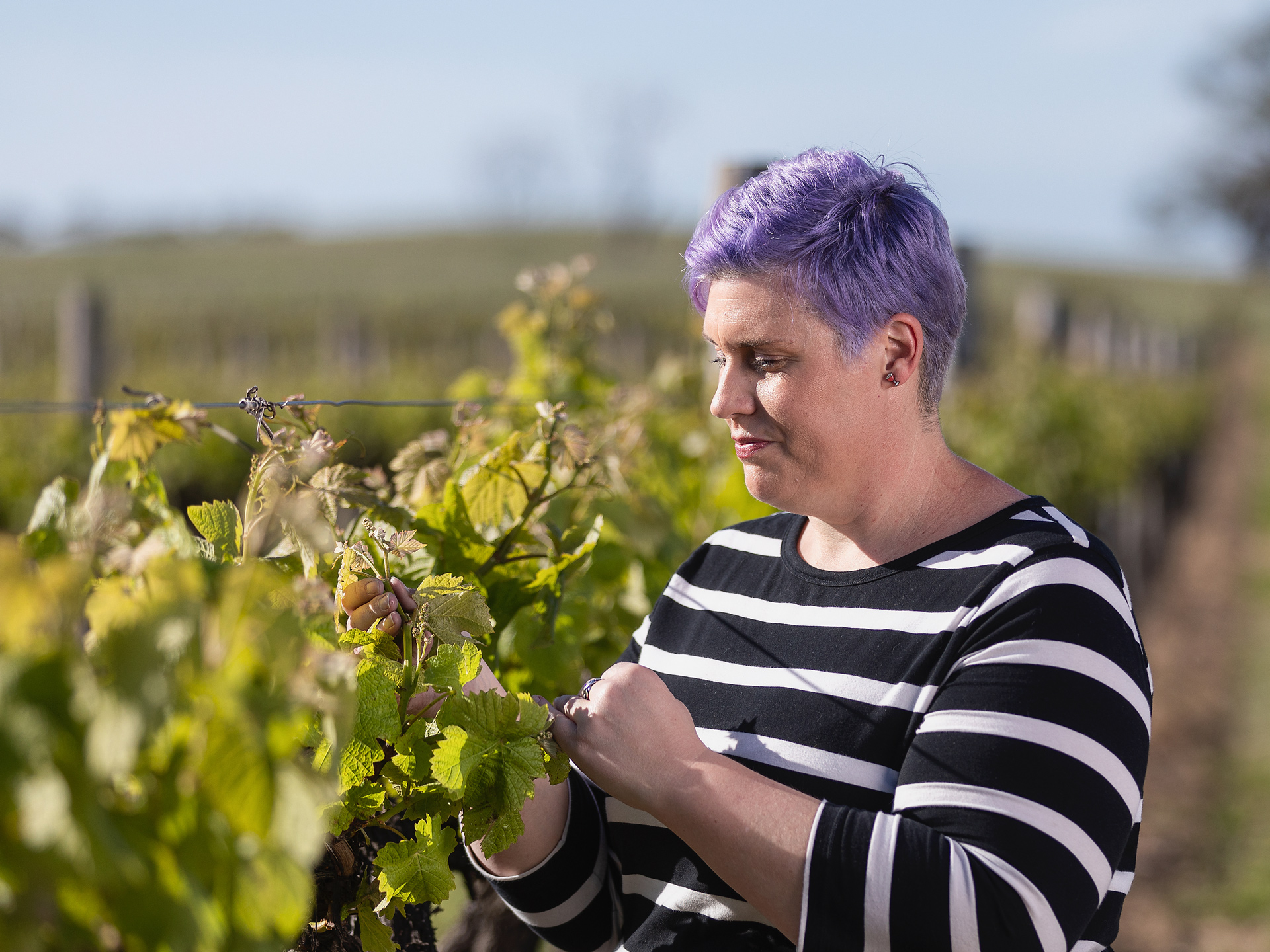

“The wines aren’t for everyone,” explains Burchell. “You’re just tasting the soils. They’re aggressive, they’re gritty, they’re saline – and I’ve never tried to soften that. I’ve always tried to accentuate it.” Indeed, the wines all have this savoury streak, but it is their brightness and vivacity – not words typically used to describe wines from these parts – that set them apart. In particular, the single-vineyard chardonnay from Mt Gambier shows a different level of finesse.
Geographically, the dormant volcano of Mt Gambier is only a short drive south from the Coonawarra, but viticulturally it is worlds apart, drawing on its unique volcanic soils. It is a wine region in its infancy, only achieving Geographical Indication (GI) status in 2010.
Burchell’s 2018 Charmeleon Chardonnay comes right from the heart of this terroir. Cut back to their roots in 2014 when the Burchells took over the farm, the vines have been nurtured organically ever since, with 2018 being the first vintage. The wine is fresh and textured, with loads of personality. While it doesn’t have the intensity or fruit weight that distinguishes the very finest chardonnays of this country, what it does possess is compelling – gunflint, wet slate and a lingering salty kiss. This savoury, mineral palate is not typically associated with Australian chardonnay, even at its loftiest heights, but if Burchell has managed to evoke such expression in his first vintage from this patch, using fruit from young vines, then there is a lot to be excited about.

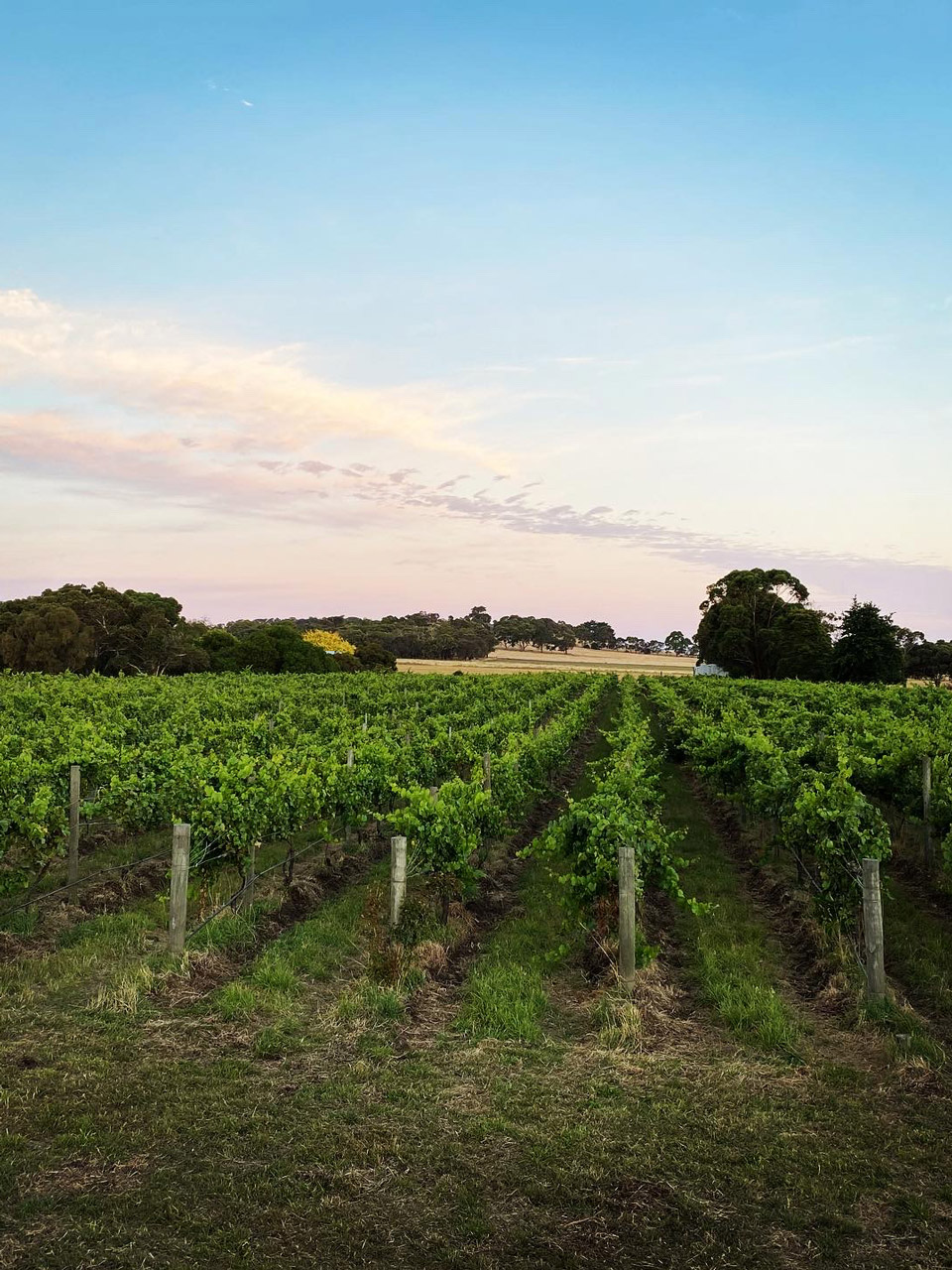
There are few people more excited about the quality of fruit from the Limestone Coast than the Innes family. With their label Ottelia, they have consistently produced stellar wines of exceptional value using fruit from all across the Limestone Coast. Their range of wines stretches from classic (Coonawarra cabernet) to lesser known (Padthaway graciano), but it is their riesling from Mt Gambier – an electric, dry number with a tingle of lemon sherbet – that hints at this region’s promising future.
“Mt Gambier hasn’t reached anywhere near its potential, in terms of the quality of fruit,” says winemaker and Ottelia owner, John Innes, who is also vice-president of the Coonawarra Vignerons association. “If you had some more really dedicated viticulturalists, and more vineyards developed by strong viticulturalists, it will be out of this world.”
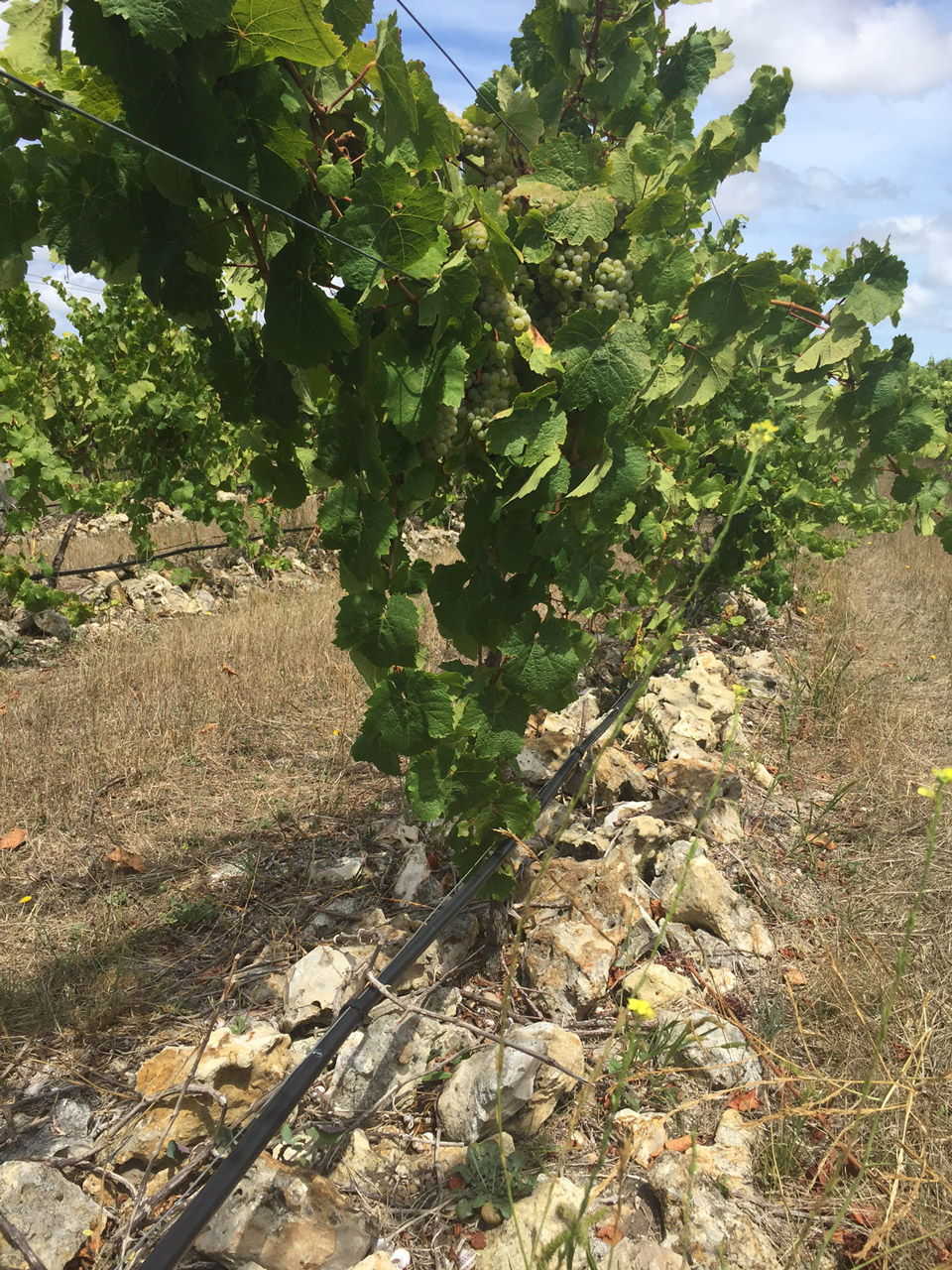
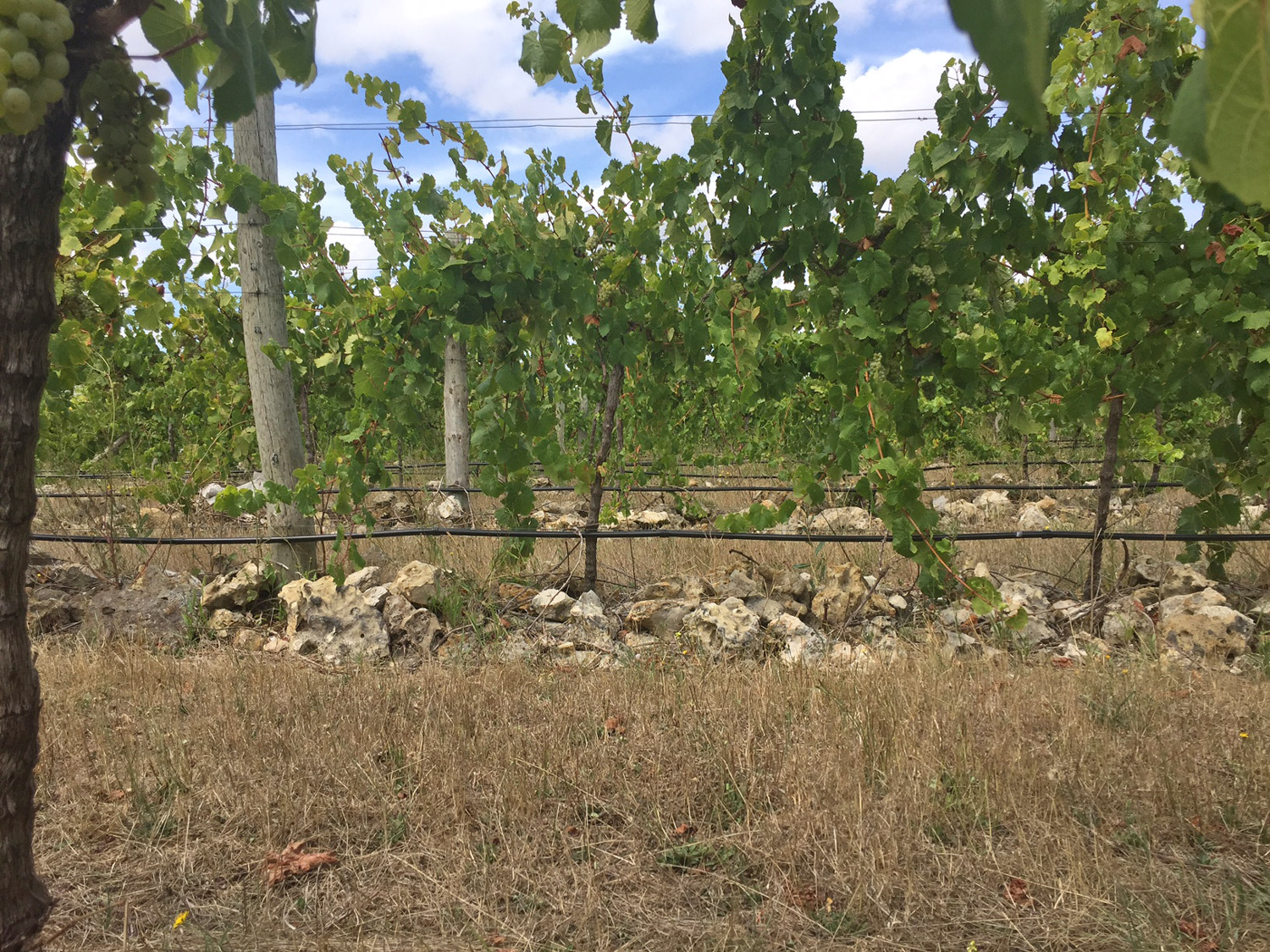
His view is that climate change will place pressure on traditional white wine regions such as the Clare and Eden Valleys by contributing to temperature extremes and water scarcity, making wine production there less viable. Mt Gambier, with its temperature regulated by the Southern Ocean, and holding massive underground water reserves, is far more insulated from these steadily encroaching climate threats.
The Limestone Coast is not completely undiscovered, but there is still a tendency to see the region through cabernet-coloured glasses, with red wines stealing the limelight. However, the quality of white wines and alternative varieties being produced are quickly starting to grab attention. Perhaps the Limestone Coast is still waiting on its watershed moment – something akin to the effect of the purchase of the Tolpuddle Vineyard in Tasmania’s Coal River Valley by Shaw + Smith, which catapulted the region – which already had a solid reputation – straight into the wine stratosphere.
Most people interviewed for this article agreed it wasn’t so much a matter of if that moment comes, but when. Until then, the Limestone Coast will continue to represent exceptional value, and make stunning wines – of every colour.
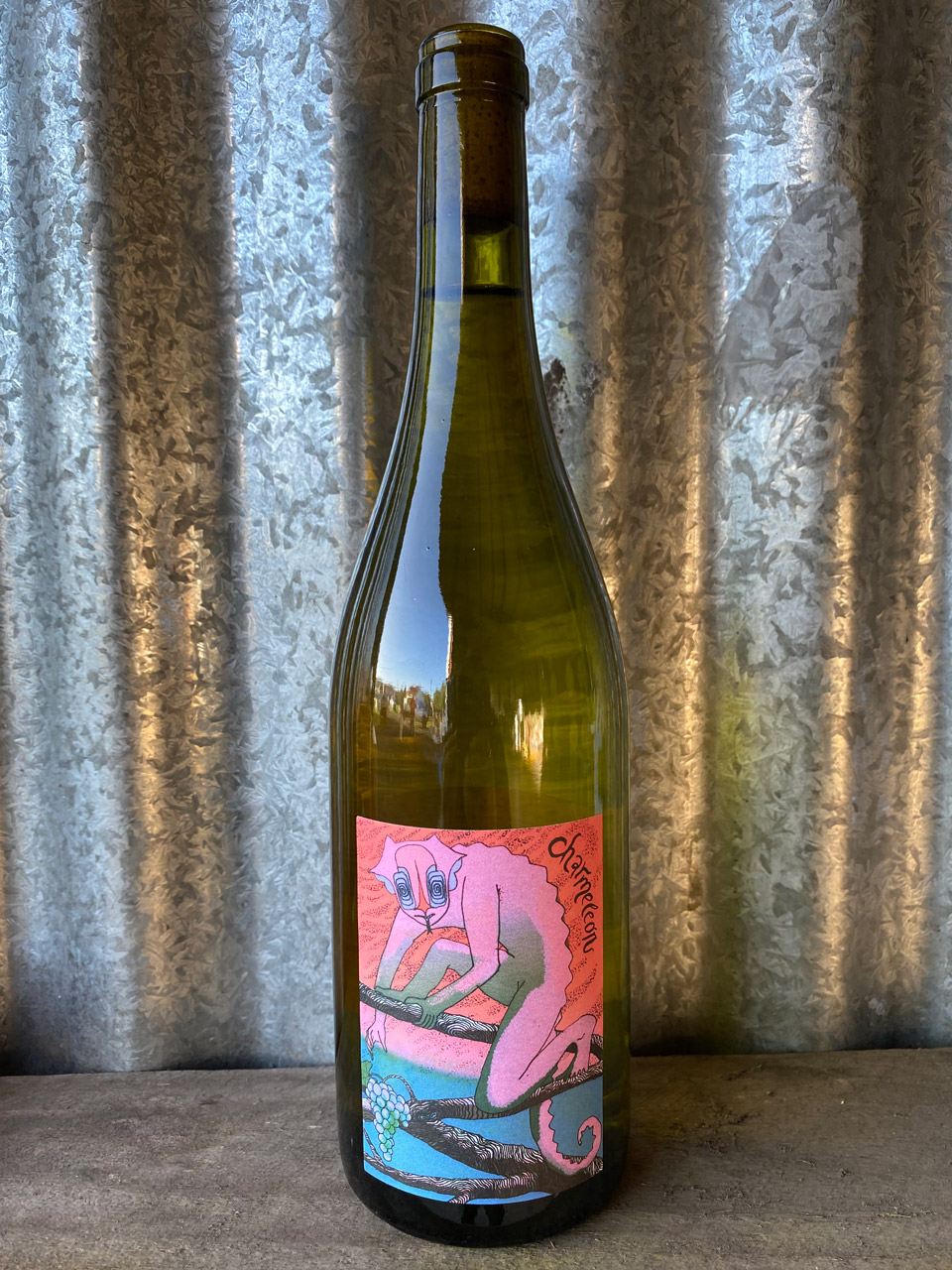
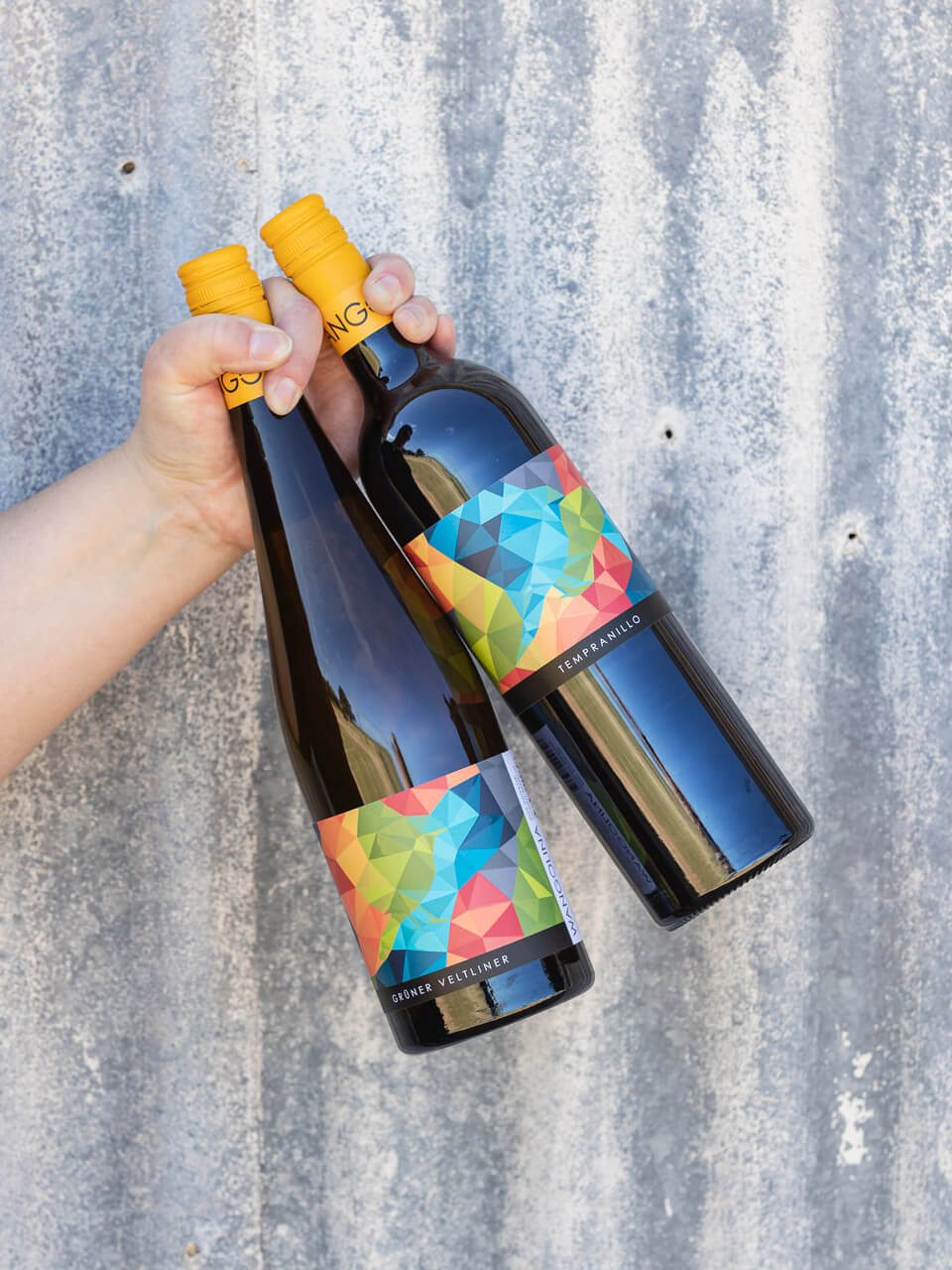
Disclosure: Ottelia is imported into Hong Kong by my employer, Sunday’s Distribution.
About New Voices in Wine:
Applications are now open for New Voices in Wine – our mentoring program to fast track the development of aspiring wine writers and publish their works at ygowstaging.wpengine.com. The process includes mentoring sessions designed to help develop a piece of writing, as well as provide the opportunity to tap into the broader wisdom of some of Australia’s very best food and wine writers, such as Pat Nourse and Sophie Otton, who were the mentors for this article. We want to find new voices to join the more familiar ones, to give new writers and communicators a chance to provide their own unique take on the world of wine. New Voices, we want you – apply now!
About Brett Goss:
Brett Goss grew up in Adelaide, and started working in restaurant kitchens part time at 16. He studied commerce and had a short career as a corporate accountant, before returning to his passion of hospitality and working in restaurants in Australia, UK and Hong Kong for almost 10 years. A CMS-certified sommelier, Goss now lives in Hong Kong, specialising in importing and distributing wine and sake, and is currently studying for a WSET Diploma. He is passionate about the future of the Australian wine industry, in particular producers who are challenging the status quo and working with new approaches in the vineyard and winery.
Please sign in or create account as candidate to bookmark this job
Please sign in or create account to save this search

Please sign in or create account as candidate to create a resume